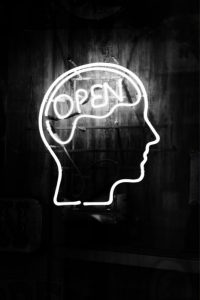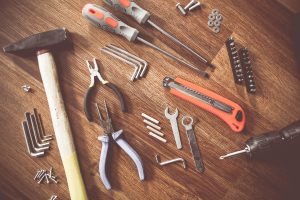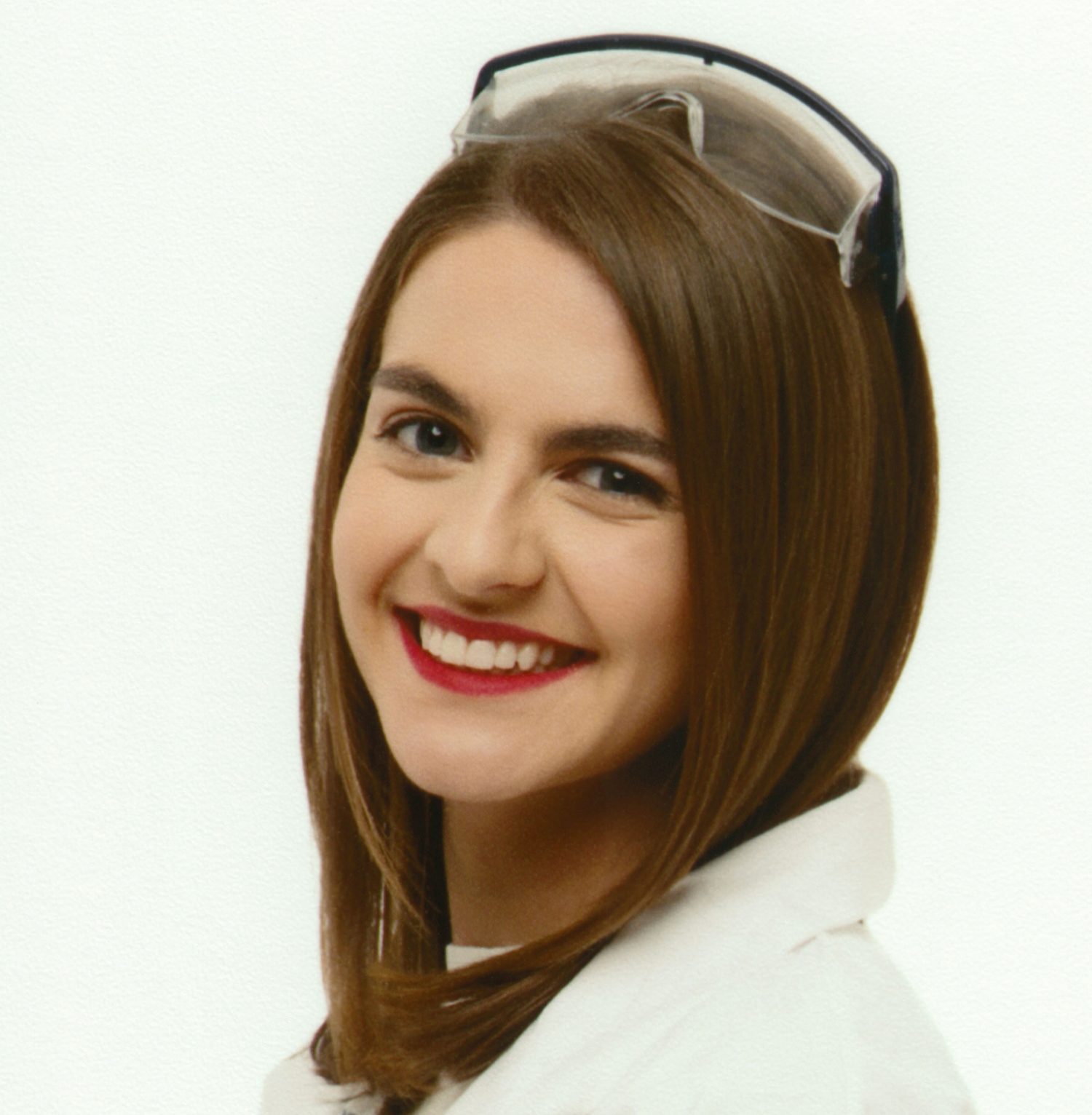At my CFE, the education center offers a variety of nontraditional courses, focused on developing skills and knowledge outside the BC Curriculum. I had the privilege of observing a few of these classes this week and am now bursting with ideas on how to incorporate what I participated in into large mainstream classes. I will focus on three courses I observed: Life Labs, Build It Engineering, and Dungeons & Dragons.
Life Labs could be described as an extension of Planning 10 or Gra duation Transitions. The class explores topics such as drugs and sexuality, but with a societal views/social justice lens. The area is a safe and confidential space where students can talk about their opinions and experiences with the topics. The class that I observed was an introduction to prostitution – societal views, reasons for entering and whether or not it should be legalized. Students who attend the center tend to be in social groups that are more aware of these topics. I was inspired by the open-mindedness of the students and their willingness to share their experiences. They were able to articulate their thoughts and opinions very well, and were able to have meaningful discussions on such controversial topics. I could only imagine having a conversation about the societal views of prostitution in my practicum classes – it would have been an eerie silence with few being comfortable to share their views. This is not because I didn’t create an open atmosphere, but because it is far outside of their comfort zone for “classroom talk”. I do hope that I would love to be able to discuss some of these topics in my classes while relating them to scientific content in the curriculum. I think that it is important to discuss the impacts of drugs and alcohol, as well as the social stigmas that are associated with them, in all subject areas.
duation Transitions. The class explores topics such as drugs and sexuality, but with a societal views/social justice lens. The area is a safe and confidential space where students can talk about their opinions and experiences with the topics. The class that I observed was an introduction to prostitution – societal views, reasons for entering and whether or not it should be legalized. Students who attend the center tend to be in social groups that are more aware of these topics. I was inspired by the open-mindedness of the students and their willingness to share their experiences. They were able to articulate their thoughts and opinions very well, and were able to have meaningful discussions on such controversial topics. I could only imagine having a conversation about the societal views of prostitution in my practicum classes – it would have been an eerie silence with few being comfortable to share their views. This is not because I didn’t create an open atmosphere, but because it is far outside of their comfort zone for “classroom talk”. I do hope that I would love to be able to discuss some of these topics in my classes while relating them to scientific content in the curriculum. I think that it is important to discuss the impacts of drugs and alcohol, as well as the social stigmas that are associated with them, in all subject areas.
Build It Engineering is a spin on a traditional science class, in which students learn chemistry and physics as i t relates to engineering. The classes that I observed were about the properties of materials. After a short lecture, students were engaged in taking apart an old printer and identifying the different materials and their properties. Students LOVED taking apart the printer – it was a challenge to take things apart while keeping all parts in tact, question the purpose of each part, and and identify why that material was used or how the part was made. Many of the students are on the spectrum or have ADD/ADHD so the tactile aspect allowed them to be fully immersed and always busy. If what they were working on no longer engaged them, they could take apart a different part. If they were really fascinated by a particular aspect, they were encouraged to make it their “project” and focus on it and teach others about it. It was great to see students working with their hands and with tools, and these are skills that many students are not able to learn in a traditional academic based school. What amazed me most was how the students were thinking like engineers. They were using scientific principles and math in a space where it engaged them and was applicable. I hope to be able to incorporate aspects of this class into my future classrooms, as interdisciplinary learning is extremely important and valuable.
t relates to engineering. The classes that I observed were about the properties of materials. After a short lecture, students were engaged in taking apart an old printer and identifying the different materials and their properties. Students LOVED taking apart the printer – it was a challenge to take things apart while keeping all parts in tact, question the purpose of each part, and and identify why that material was used or how the part was made. Many of the students are on the spectrum or have ADD/ADHD so the tactile aspect allowed them to be fully immersed and always busy. If what they were working on no longer engaged them, they could take apart a different part. If they were really fascinated by a particular aspect, they were encouraged to make it their “project” and focus on it and teach others about it. It was great to see students working with their hands and with tools, and these are skills that many students are not able to learn in a traditional academic based school. What amazed me most was how the students were thinking like engineers. They were using scientific principles and math in a space where it engaged them and was applicable. I hope to be able to incorporate aspects of this class into my future classrooms, as interdisciplinary learning is extremely important and valuable.
The most valuable of the classes that I observed was one 
of the Dungeons and Dragons classes that are run. The two hour class runs weekly as an ongoing campaign in which students work together through challenges. The Dungeon Master is a teacher, who creates the campaigns and leads the game. Yes, there are wizards and spells, dragons and knights, goblins, polar bears, magic swords and potions. Yes, there is swearing, imaginary drinking and absurd amounts of bloodshed and violence. From an outside perspective, one would question where is the learning? what is the point?” I believe that those students learn more about life, society and themselves in those two hours than they do in any other class.
The purpose of the class is to teach students about problem-solving, actions and consequences. The Dungeons Master is more than a creator of a fantasy world – they create challenges and consequences specific to each student, to help them work on aspects of their social emotional skills that they may face challenges with in the “real-world”. By working on them in a make believe space, the students face consequences that affect their character (often quite harshly) but do not harm their well-being. For example, one part of the game that I witness was the group had arrived at the edge of a volcano and were surround by a group of cats (yes, cats). Without hesitation or provocation, the students decided that they should attack the cats. None of the students questioned their actions initially. Yet as the battle continued and the Dungeon Master described the cats more, students began to ask questions about the cats. They were shown images of cats – very cute cats. The students initially realized what they had done and felt remorse, guilt and an overwhelming desire to pay for their actions. They decided that they were going to help free the cats who were being hunted by goblins that lived in the volcano. They also faced consequences for their actions – they lots possessions and health. They discussed the fact that no one thought of their actions prior to attacking and reflected on their actions in their daily lives. Sure they will not ever face a situation in which they may attack a group of cats, but they could face a situation in which they let their emotions overpower their judgments.
The Dungeon Master worked to incorporate aspects of their interests as well. Many students were science inclined, so she would have puzzles that would require scientific thinking or principles to understand. Others may be gifted with words and word puzzles, so others may have codes to crack or riddles to solve. The Dungeon Master provided opportunities for all students to work on their strengths, but also their weaknesses through consequences. For example, if a student frequently interrupts their peers, a consequence may be that they have a temporary spell placed on them that whenever they spoke, they would be interrupted at random and their turn would end. Another example could be that a student may lie frequently in real life, but not so during the game. They could have a spell placed on them that caused their peers to believe that they were always lying and could not be trusted, even if they were telling the truth. This allows students to work on aspects of themselves while in a safe space.
The education center has been doing this for nearly a decade. A quick google search shows how D&D is used in other schools and even by therapists. I want to learn how to play and with enough experience, become a Dungeon Master. I would love to be able to run extra curricular activities that are based off of the game to help students develop these critical skills. It would be difficult, but maybe I could incorporate this into a classroom, potentially to gamify learning. I’ve included a few links below that stood out as fun reads! I am so excited to learn more about this and hopefully be able to incorporate all of the wonderful things I have witnessed into my classrooms!
https://www.vice.com/en_us/article/at-this-danish-school-larping-is-the-future-of-education-482
http://kotaku.com/therapists-are-using-dungeons-dragons-to-get-kids-to-1794806159


 duation Transitions. The class explores topics such as drugs and sexuality, but with a societal views/social justice lens. The area is a safe and confidential space where students can talk about their opinions and experiences with the topics. The class that I observed was an introduction to prostitution – societal views, reasons for entering and whether or not it should be legalized. Students who attend the center tend to be in social groups that are more aware of these topics. I was inspired by the open-mindedness of the students and their willingness to share their experiences. They were able to articulate their thoughts and opinions very well, and were able to have meaningful discussions on such controversial topics. I could only imagine having a conversation about the societal views of prostitution in my practicum classes – it would have been an eerie silence with few being comfortable to share their views. This is not because I didn’t create an open atmosphere, but because it is far outside of their comfort zone for “classroom talk”. I do hope that I would love to be able to discuss some of these topics in my classes while relating them to scientific content in the curriculum. I think that it is important to discuss the impacts of drugs and alcohol, as well as the social stigmas that are associated with them, in all subject areas.
duation Transitions. The class explores topics such as drugs and sexuality, but with a societal views/social justice lens. The area is a safe and confidential space where students can talk about their opinions and experiences with the topics. The class that I observed was an introduction to prostitution – societal views, reasons for entering and whether or not it should be legalized. Students who attend the center tend to be in social groups that are more aware of these topics. I was inspired by the open-mindedness of the students and their willingness to share their experiences. They were able to articulate their thoughts and opinions very well, and were able to have meaningful discussions on such controversial topics. I could only imagine having a conversation about the societal views of prostitution in my practicum classes – it would have been an eerie silence with few being comfortable to share their views. This is not because I didn’t create an open atmosphere, but because it is far outside of their comfort zone for “classroom talk”. I do hope that I would love to be able to discuss some of these topics in my classes while relating them to scientific content in the curriculum. I think that it is important to discuss the impacts of drugs and alcohol, as well as the social stigmas that are associated with them, in all subject areas. t relates to engineering. The classes that I observed were about the properties of materials. After a short lecture, students were engaged in taking apart an old printer and identifying the different materials and their properties. Students LOVED taking apart the printer – it was a challenge to take things apart while keeping all parts in tact, question the purpose of each part, and and identify why that material was used or how the part was made. Many of the students are on the spectrum or have ADD/ADHD so the tactile aspect allowed them to be fully immersed and always busy. If what they were working on no longer engaged them, they could take apart a different part. If they were really fascinated by a particular aspect, they were encouraged to make it their “project” and focus on it and teach others about it. It was great to see students working with their hands and with tools, and these are skills that many students are not able to learn in a traditional academic based school. What amazed me most was how the students were thinking like engineers. They were using scientific principles and math in a space where it engaged them and was applicable. I hope to be able to incorporate aspects of this class into my future classrooms, as interdisciplinary learning is extremely important and valuable.
t relates to engineering. The classes that I observed were about the properties of materials. After a short lecture, students were engaged in taking apart an old printer and identifying the different materials and their properties. Students LOVED taking apart the printer – it was a challenge to take things apart while keeping all parts in tact, question the purpose of each part, and and identify why that material was used or how the part was made. Many of the students are on the spectrum or have ADD/ADHD so the tactile aspect allowed them to be fully immersed and always busy. If what they were working on no longer engaged them, they could take apart a different part. If they were really fascinated by a particular aspect, they were encouraged to make it their “project” and focus on it and teach others about it. It was great to see students working with their hands and with tools, and these are skills that many students are not able to learn in a traditional academic based school. What amazed me most was how the students were thinking like engineers. They were using scientific principles and math in a space where it engaged them and was applicable. I hope to be able to incorporate aspects of this class into my future classrooms, as interdisciplinary learning is extremely important and valuable.